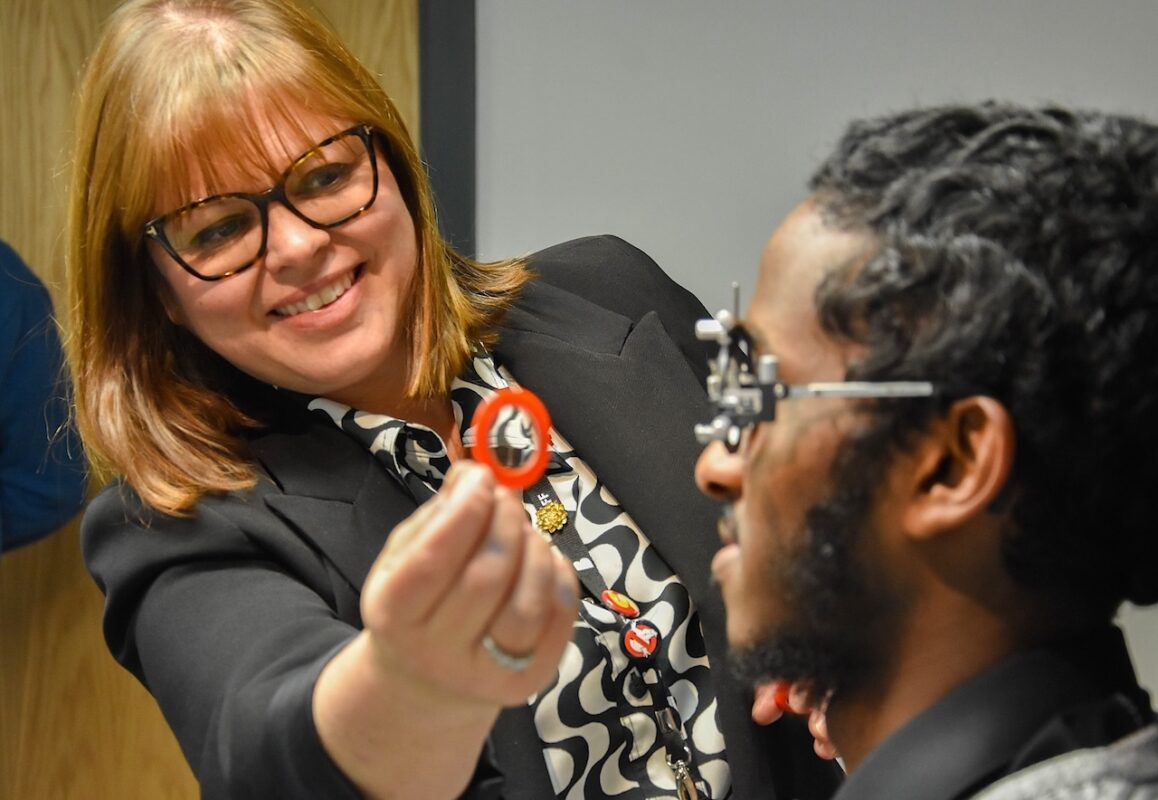Six ways to ensure your business is digitally inclusive in 2023

Business leaders have been urged to prioritise digital inclusivity within their organisations in order to get ahead of competitors in a rapidly changing digital landscape.
FDM Group, whose mission is to bring people and technology together, has provided helpful tips and advice for businesses to ensure that all individuals, regardless of their abilities, backgrounds, or circumstances, have equal access to and can fully participate in their digital products, services and platforms.
In an increasingly digital world, it’s vital to recognise the importance of ensuring that digital products and services are accessible to all individuals, regardless of their abilities.
Being digitally inclusive in 2023 is essential for businesses to ensure equitable access, enhance customer satisfaction, comply with legal requirements, foster innovation, and make a positive social impact.
By embracing digital inclusivity, businesses not only demonstrate their commitment to equal opportunities but also position themselves as leaders in a rapidly evolving digital environment.
Sheila Flavell, COO at FDM Group, comments:
“Digital inclusivity refers to the practice of ensuring that all individuals, regardless of their abilities, backgrounds, or circumstances, have equal access to the digital world. It involves eliminating barriers and creating a digital environment that accommodates the diverse needs, preferences, and abilities of users.
“By implementing the following strategies, businesses can show that they are committed to creating a digital environment where everyone has equal opportunities and can actively engage with their products and services.”
Here are six ways to ensure your business is digitally inclusive in 2023:
- Conduct Audits:
One thing that most businesses could easily do today to start becoming digitally inclusive is to conduct a thorough accessibility audit of their digital platforms and interfaces. This involves assessing the accessibility features and potential barriers that may hinder individuals from accessing and using their digital offerings.
By conducting an accessibility audit, businesses can identify areas for improvement and take immediate steps to address accessibility issues. This can include ensuring proper heading structure, alt text for images, keyboard accessibility, colour contrast, and compatibility with assistive technologies like screen readers.
- Accessible Design and User Experience (UX):
When creating digital products and platforms, you should aim to emphasise inclusive design principles where possible. Ensure that your websites, applications, and interfaces are accessible and user-friendly for individuals with disabilities, including those with visual impairments or motor disabilities.
- Multilingual Support and Localisation:
Recognise the global nature of digital interactions and provide multilingual support to cater to diverse customer bases. This means localising content, user interfaces, and customer support channels to accommodate different cultural backgrounds and languages.
- Digital Skills Training and Education:
Offer training programs, workshops, and resources to enhance digital literacy and skills among your employees, customers, and the broader community. You should also aim to foster partnerships with educational institutions and organisations to promote digital education and bridge the skills gap.
- Inclusive Hiring Practices:
Encourage diversity and inclusivity in the workplace by implementing inclusive hiring practices. Build diverse teams, promote equal opportunities, and hire individuals from underrepresented groups to ensure a wider range of perspectives in digital strategy and decision-making processes.
- Assistive Technology Integration:
Implement and support the use of assistive technologies to empower individuals with disabilities in accessing digital services. Collaborate with assistive technology developers and organisations to ensure compatibility and optimise the user experience for assistive devices such as screen readers, voice recognition software, or alternative input devices.











Responses